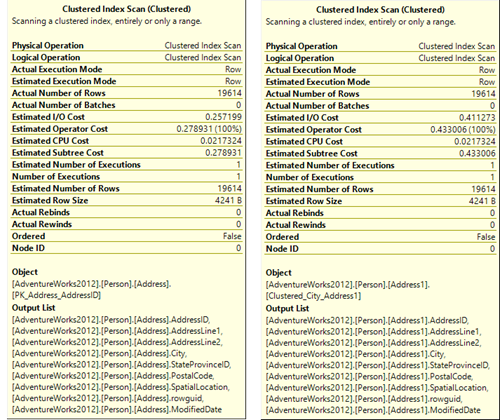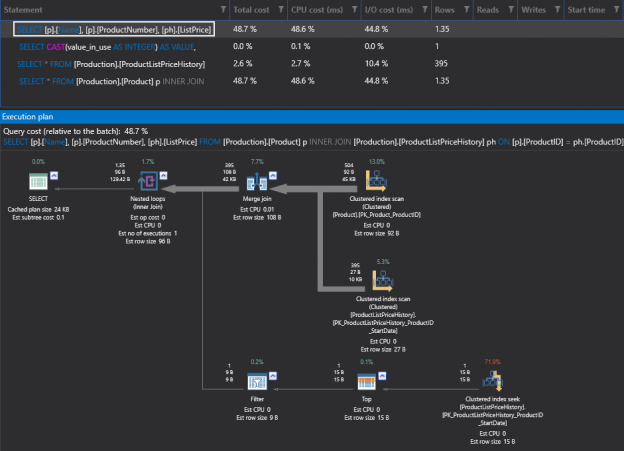


SQL Server Policy Based Management – best practices
May 5, 2014
SQL Server Policy Based Management – check your audit configuration
May 3, 2014Read more »

SQL Server Business Intelligence Features – SQL Server Data Tools – Business Intelligence
April 30, 2014Introduction
In our previous article on the introduction to SQL Server business intelligence we covered the general structure of an enterprise business intelligence solution. The tools needed to build these solutions were briefly mentioned. The purpose of this article is to provide you with a deeper understanding into the creation of an ETL (Extract, Transform and Load) dataflow. To do this one needs to use SQL Server Data Tools – Business Intelligence (previously known as BIDS or Business Intelligence Development Studio). In this article we’ll take a look at the basic functionality of SQL Server Data Tools and how to use it to keep your data warehouse up to date. It’s worth noting that there are many different ways to go about building your ETL solution. This article gives sound advice and pointers as to how to approach the problem. Read more »
Inaccurate SQL Server statistics – a SQL query performance killer – updating SQL Server statistics
April 28, 2014
SQL Server Policy Based Management – The On Change evaluation mode
April 25, 2014
Sequence objects feature in SQL Server
April 24, 2014Introduction to Sequences
Sequence is a new object that was introduced in SQL Server 2012 for a key-generating mechanism. It has been made available across all editions of SQL Server 2012. It was added as an alternative to IDENTITY columns feature that has been prevalent in the previous versions of SQL Server. Despite being newly introduced in SQL Server 2012, sequences have long been prevalent in other database platforms such as Oracle and IBM’s DB2. Thus, the data migration into SQL Server 2012 from other database platforms is now more convenient and simplified.Read more »

SQL Server Business Intelligence – Introduction
April 23, 2014What a load of Bl…
You may be wondering what Business Intelligence is. If you’re reading this article you probably have prior experience with Microsoft SQL Server or at least one other relational database management system (RDBMS). If this is the case you’re probably used to managing a lot of valuable data. If you’re a DBA you may be used to maximizing performance by rewriting stored procedures, creating indexes or running profiling traces.Read more »

Inaccurate SQL Server statistics – a SQL query performance killer – the basics
April 22, 2014
What is backup and restore in SQL Server disaster recovery?
April 16, 2014Defining SQL Server backup and restore
The SQL Server backup and restore technique involves steps for creating backups, restoring databases, and saving a valid backup copy in a different location. It is a built in SQL Server feature, useful for disaster recovery plans. Read more »

Poor database indexing – a SQL query performance killer – recommendations
April 14, 2014
Frequent query recompilations – a SQL query performance killer – detection
April 11, 2014
Frequent query recompilations – a SQL query performance killer – introduction
April 9, 2014
Creating and using CRUD stored procedures
April 7, 2014
Database table partitioning in SQL Server
April 4, 2014What is a database table partitioning?
Partitioning is the database process where very large tables are divided into multiple smaller parts. By splitting a large table into smaller, individual tables, queries that access only a fraction of the data can run faster because there is less data to scan. The main of goal of partitioning is to aid in maintenance of large tables and to reduce the overall response time to read and load data for particular SQL operations.
Read more »
Common SQL syntax errors and how to resolve them
April 2, 2014
SQL query performance killers – understanding poor database indexing
March 31, 2014
SQL Server Policy Based Management – evaluating policies on multiple SQL Server instances
March 28, 2014
SQL Server security and Policy Based Management – Advanced conditions
March 26, 2014
SQL Server security and Policy Based Management – Alerting
March 24, 2014
SQL Server query execution plans – Examples with the WHERE clause
March 21, 2014
SQL Server query execution plans – Examples with the SELECT statement
March 19, 2014

SQL Server query execution plans – Understanding and reading the plans
March 17, 2014In the previous parts of this series, we explained what SQL Server query execution plans were, why they should be used, and presented various methods to show them. In this part, we will explain the symbols used, how to read the plans, and how to use these plans in performance analysis and troubleshooting
Read more »
Using an XML file to configure an SSIS package
March 16, 2014